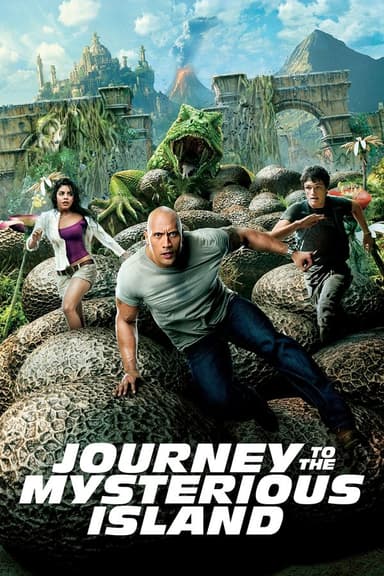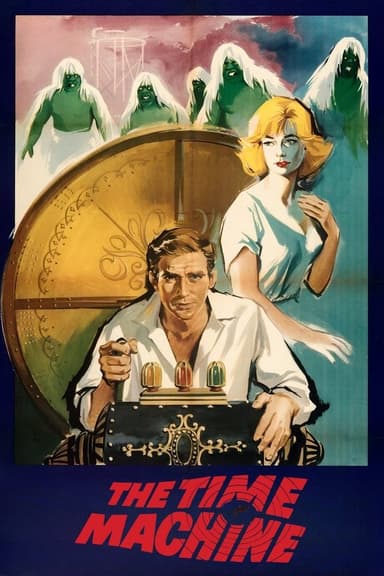
20,000 Leagues Under the Sea
1954 • Adventure, Family, Science Fiction • G
A ship sent to investigate a wave of mysterious sinkings encounters the advanced submarine, the Nautilus, commanded by Captain Nemo.
Runtime: 2h 7m
Why you should read the novel
Reading Jules Verne’s original novel, 'Twenty Thousand Leagues Under the Sea,' offers an intellectual adventure that delves far deeper than the film adaptation. The book provides painstakingly detailed descriptions of underwater life, mysterious technology, and early scientific exploration, fueling the imagination and curiosity of all readers. Through Verne’s eloquent prose and philosophical undertones, readers gain a deep appreciation not just for the action, but for the questions it raises about freedom, human hubris, and the potential of science.
Immersing yourself in the novel brings you closer to Captain Nemo’s enigmatic persona and richly textured world, far beyond what can be portrayed visually or within a two-hour runtime. The book’s lengthy and thoughtful reflections on the ocean depths, as well as its side stories and character development, flesh out the narrative and the motivations of each character. Readers experience extended journeys, scientific digressions, and lyrical passages that only a literary medium can provide.
Finally, reading the source ensures a more personal and tailored journey—one where your imagination creates the grandeur, terror, and beauty of Nemo’s submarine world, guided by Verne’s visionary storytelling. Choosing the book guarantees a richer, more nuanced experience, blending adventure with an enduring sense of wonder about the unknown corners of the planet.
Adaptation differences
One prominent difference between the 1954 Disney film and Jules Verne’s novel is the portrayal and characterization of Captain Nemo. In the book, Nemo is originally depicted as a complex, enigmatic figure—driven by philosophical motives and tragic backstory that are not fully revealed until later works. The film, however, simplifies his motivation, making him more openly tormented and vengeful, particularly against warships and human oppression, thereby streamlining his character for audiences.
Another significant difference lies in the pacing and content of the narrative. The novel is episodic and meandering, filled with scientific exposition, catalogues of marine life, and discourses on technology, geology, and oceanography. The film adaptation trims most of these scientific digressions to focus on action-oriented set pieces, such as the famous giant squid attack and the escape from cannibals, making it more accessible but less intellectually dense.
The roles and characteristics of supporting characters also differ. Professor Aronnax’s relationship with Nemo is more intellectually driven and respectful in the book, while in the film, tension and conflict are amplified to enhance drama. The character of Conseil, Aronnax’s servant, provides much of the comic relief in the film but is more subdued and loyal in the book. Ned Land remains the rugged harpooner in both versions, but his rebelliousness and skepticism are heightened in the film for contrast.
Lastly, the endings diverge notably. Verne’s novel leaves Nemo and the fate of Nautilus shrouded in mystery, whereas the Disney adaptation provides more closure by depicting the destruction of Nemo’s lair and the apparent resolution of the characters’ arcs. This shift caters to audience expectations of a decisive and optimistic conclusion, whereas the book’s ambiguous finale preserves the mythic, unresolved nature of Captain Nemo’s journey.
20,000 Leagues Under the Sea inspired from
Twenty Thousand Leagues Under the Sea
by Jules Verne












